HOW MILK IS MADE
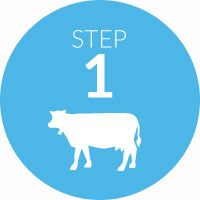
COWS GRAZING
Typically cows spend about 8 hours eating, 8 hours sleeping and 8 hours ruminating or chewing their cud. Cows are usually provided with a fresh paddock of grass in the morning after milking and another fresh paddock of grass in the evening after milking. They may also be fed some grain in the dairy while being milked and Hay or Silage (conserved forage) if there is not enough grass available.
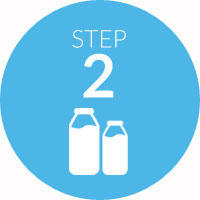
HARVESTING MILK
Cows are normally milked 2 times per day, however some high producing herds are milked 3 times per day. Normally cows are milked at about 6 am in the morning and again at about 5 pm in the evening. Milking time takes about 5 minutes per cow but depends on the type of machine and the amount of milk the cow is producing. Most dairies have enough machines to milk 20 to 40 cows at one time, reducing the amount of time the cows wait to be milked. Milking machines mimic the action of a young calf by creating a pulsating vacuum around the teat, which causes the milk to be released from the udder.
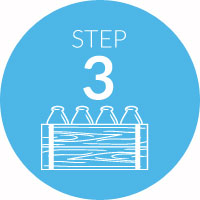
STORING MILK
Milk storage vats or silos are refrigerated and come in various shapes and sizes. Milk is stored on farm at 4 degrees Celsius and less for no longer than 48 hours. Vats and silos are agitated to make sure that the entire volume remains cold and milkfat does not separate from the milk. After milk has been collected, storage vats and stainless steel pipes are thoroughly cleaned before the farmer milks again.
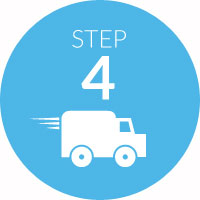
TRANSPORTING MILK
Milk is collected from the farm every 24 or 48 hours. The tankers that are used have a special stainless steel body which are heavily insulated to keep the milk cold during transportation to the processing factory. Milk tanker drivers are accredited milk graders, which allows them to evaluate the milk prior to collection. Tanker drivers grade and if necessary reject milk based on temperature, sight and smell. A representative sample is collected from each farm pickup prior to being pumped onto the tanker. After collection, milk is transported to factory sites and stored in refrigerated silos before being processing.
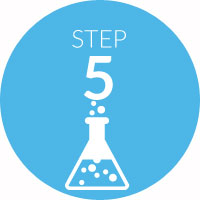
Laboratory Testing
Samples of milk are taken from farm vats prior to collection and from the bulk milk tanker on arrival at the factory. Samples from the bulk milk tanker are tested for antibiotic and temperature before the milk enters the factory processing area. Farm milk samples are tested for milkfat/protein/bulk milk cell count and bacteria count. If milk is unsuitable for our quality products the milk will be rejected. Most farmers are paid on quality and composition of their milk and it is extremely important that these samples are collected and stored correctly.

PROCESSING MILK
Whole milk, once approved for use, is pumped into storage silos where it undergoes pasteurisation, homogenisation and further processing.
Pasteurisation:
involves heating every particle of milk to a specific temperature for a specified period of time and cooling it again without allowing recontamination. Pasteurization is performed for two reasons;
1. Ensure all milk products are safe for human consumption by destroying all bacteria that may be harmful to health (pathogens).
2. Improve the keeping quality of milk by killing or inactivating some undesirable enzymes and spoilage bacteria.
Homogenisation:
Involves pushing the raw milk through an atomizer to form tiny particles so that the fat is dispersed evenly throughout the milk, stopping the fat from floating to the top of the container.
Further processing:
Includes, reducing the fat content by micro-filtration, increasing the storage life by ultra high temperature (UHT) treatment and mixing or culturing milk for flavoured and yoghurt products.

DISTRIBUTING AND SELLING MILK
Then milk is sent off in refrigerated trucks, to your favourite store for sale!
